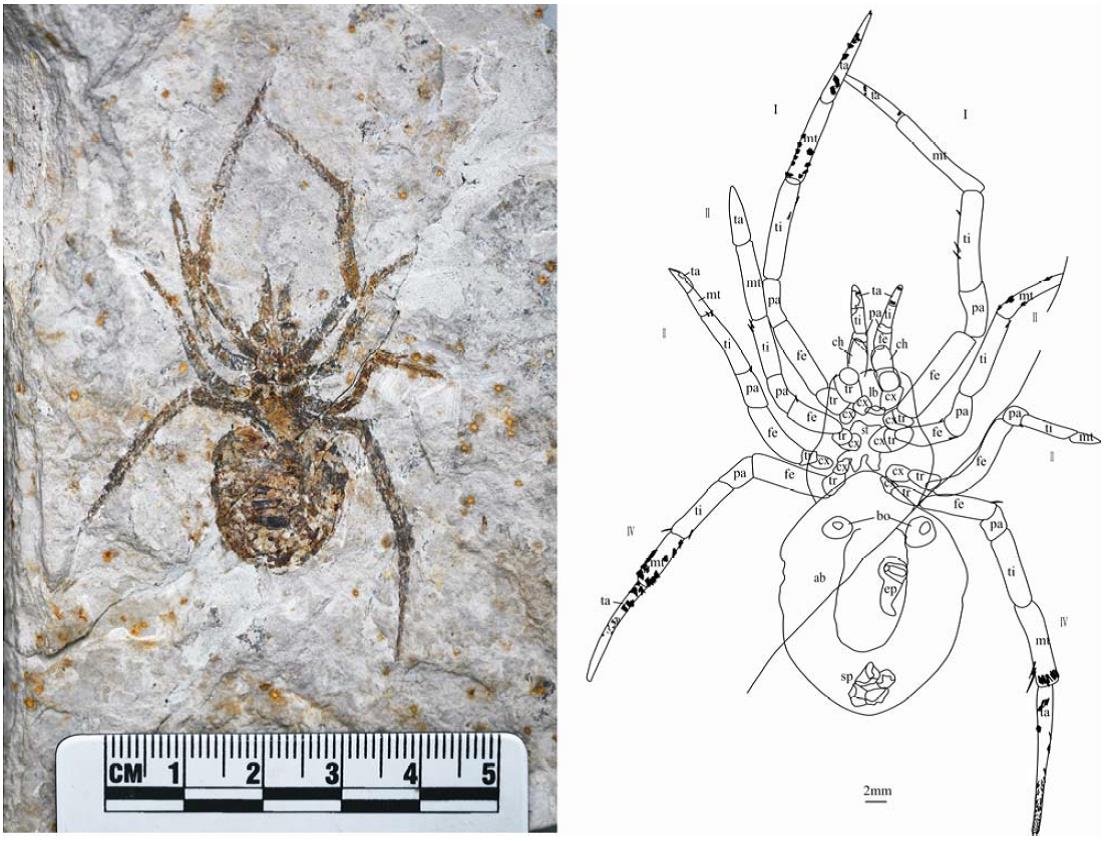When it comes to science, what you see is not necessarily what you get. Scientists, like all of us, are sinful, imperfect human beings. There is a lot of pressure in the world of science to publish original works and to describe new discoveries. Sometimes this pressure, and human nature, leads to cut corners, mistakes, and even fraud. Long ago, scientists sought to prevent this from happening by developing the peer-review process. Scientific papers would be reviewed by colleagues to look for faulty conclusions and questionable data. As good as peer-review is, like everything else in this fallen world, the system is far from perfect.
Critics often dismiss the work of creationists, as amateur and unworthy of being published in their “peer-reviewed” journals. The implication is the work is not sufficiently scholarly to merit inclusion in their peer-reviewed system. Being published in a peer-reviewed journal is a stamp of legitimacy. Creationist scientists do not submit their work to these secular publications for a good reason. Their work would be dismissed out-of-hand without consideration simply because it suggests a conclusion outside of the accepted naturalistic paradigm.
If history has taught us anything, it’s that the peer-review process is no guarantee of quality and does not prevent fraud. A good example is the Piltdown Man hoax, a blatant deception, which went unexposed for 40 years. A more recent example are the papers written by Jan Hendrik Schön on superconductivity, published in the Journal Nature between 2000 and 2001. The Journal Nature is one of the top two scientific journals in the world. Schön’s papers had to be retracted from the journal in 2003 because they contained scientific fraud. What’s worse is that papers that are withdrawn from peer-reviewed journals remain in the scientific literature. As a result, researchers often continue to referenced theses faulty papers as authoritative.
A most recent example of peer-review gone wrong is the case of Mongolarachne chaoyangensis, allegedly a new species of spider discovered in China. Like many other things from China, the fossil turned out to be a counterfeit. However, a paper describing the new species was published in the peer-reviewed journal Acta Geologica Sinica. (Xiaodong, G., et al., A new species of Mongolarachnidae from the Yixian Formation of Western Liaoning, China, Acta Geologica Sinica 93(1):227–228, 2019.) The researchers examined the fossil under a microscope and made a drawing of what they believed to be a new species of spider. However, when invertebrate paleontologist Paul Selden, of the University of Kansas, saw the paper he had concerns. He was able to view the original fossil and discovered that it was a poorly preserved fossil of a crayfish upon which someone had painted legs. Apparently, this is a common practice among Chinese farmers who find these fossils. By enhancing the fossils, they increase the value. Some even go as far as to glue fragments of different fossils together to create a more impressive and more valuable specimen. If the authors of the paper had viewed the fossil under an Olympus SZX12 dissecting microscope, as they claimed, they should have seen what Dr. Selden saw.
The problem created by fraudulent fossils, shoddy scientific work, and less than sufficient peer-review is that we are sometimes presented with “scientific” discoveries that contradict the Bible. Evolutionists are continuously seeking “missing links” which will promote their worldview. Remember, when you hear about a startling discovery, many scientists are brilliant, but they are not perfect. They are sometimes driven by motivations other than the dispassionate search for truth. Additionally, they always interpret the data through their worldview of evolution and deep time. Take confidence in the fact that the Bible is the ultimate (and ultimately the only) source of truth. If some scientific “fact” sees to contradict the Bible, then you know that it is not valid. Creation happened, and we can believe it.



